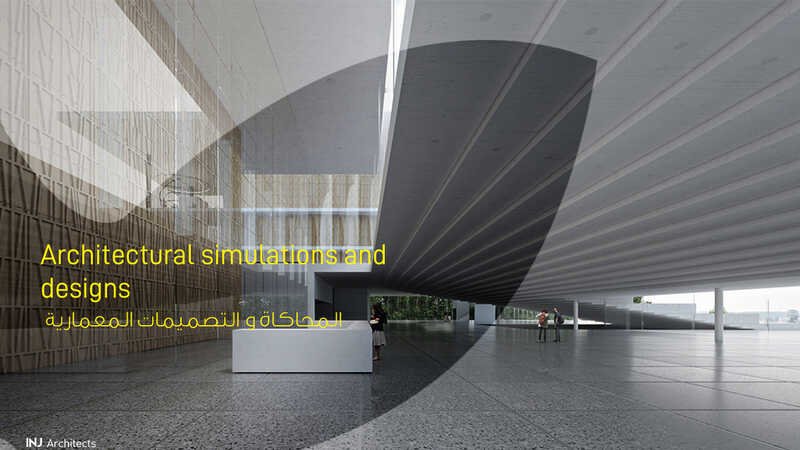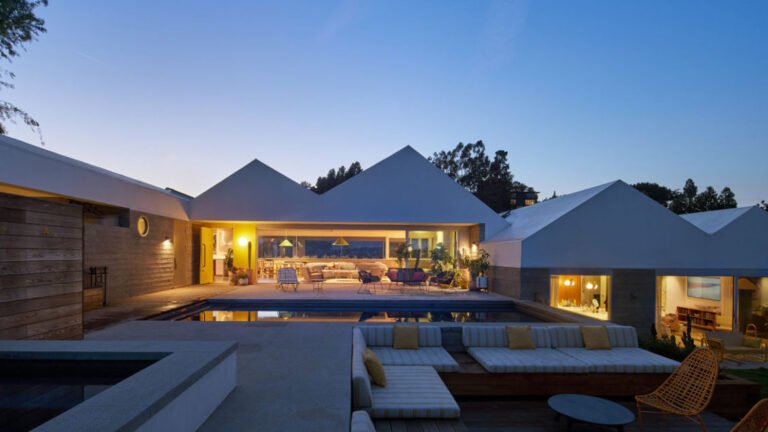Architectural simulation and design
Architectural simulation and design:
Architectural simulation and design: What is the simulation process?
Architectural designs:
It is a comprehensive term for the art of planning and building cities and facilities and describing any construction designs.
Architectural design is divided into two parts:
The part at the macro level.
Partial level part.
Simulation process:
It is a scientific strategy used to achieve the element of urban sustainability and to preserve the milestones of the basic environment.
The reason behind the use of the simulation process is the air changes, erosion, and lack of resources used in construction operations, which the world is exposed to. Therefore, engineers and architects have used simulations to find solutions to design problems. This is done through processes of innovative imitation of the forms existing in nature, and employing and exploiting them to adapt to the surrounding environment.
* The art of simulation This art is known as innovation and conscious thinking of nature, as it does not depend on imitating something with the same designs and its pure form, but it is used for architectural improvements as a means of making sustainable architectural constructions so that it is in line with the needs of individuals and the requirements that he wants in the environment in which he lives.
Scientists and engineers used natural simulation to study applications, the exploitation of nature and its application to architecture.
There are several types of simulation used in the architectural field, including:
1- Natural simulation:
Which architects use by studying the biological factors of the environment and how to benefit from them in architectural improvements and designs. On the other hand, areas, tools, and equipment that are used to exploit nature in building structures are identified.
2- Biological simulation:
It is used to know the principles of nature and analyze it in the laboratory to find the most beneficial solutions to make construction more sustainable over time and not be affected by weather factors.
3- Architectural Simulation:
They are used in natural sustainability solutions by understanding and studying the rules that control the architectural forms that must be improved to suit the environment.
4- Biomimetic simulation:
They are used to study natural models and then simulate this design to solve human problems.
5- Interim study simulation:
It depends on two or more leading or practical fields of knowledge that answer some questions, solve some problems, or tackle a complex topic that is difficult to deal with adequately through a single system or specialty.
The reason architects use simulations in the nature of their work is due to:
1- Preserving the nature of the environment.
2- Using natural renewable energies.
3- Reducing the use of toxic resources that damage the environment.
The simulation uses in architectural improvements:
1- Simulation is used as a means of achieving sustainability in construction.
2- There are solutions to the problems that occur in architectural designs.
3- Simulation is used to reveal the living heritage, as it depends on exploratory and critical processes.
Some examples of using simulations in architecture:
– Beetle-simulated water harvester.
Lighting designs simulated by neurons.
Making furniture made of cells and protein fibers by simulating some of the animal’s bones.
Using simulation with trees and palms in outdoor designs for the purpose of covering in public places.
The foundations of using simulation in the world of architecture and its designs:
– Increasing the awareness and awareness of engineers of modern and innovative environmental designs, and how to use simulation methods with them.
– Carefulness and accuracy in applying the principles of simulation in the architectural fields and the need for communication between the internal architecture and the external architecture.
– Ensuring the application of modern technologies, energy exploitation and balance between them and the natural environment and using them correctly in the process of architectural designs.
In the end, the simulation relies on the external appearance and internal structure of the facility in order to infer and extract a well-designed, innovative and more creative architectural work.
Leave a comment on the topic (Architectural simulation and design) in the comments and we will answer you immediately.



